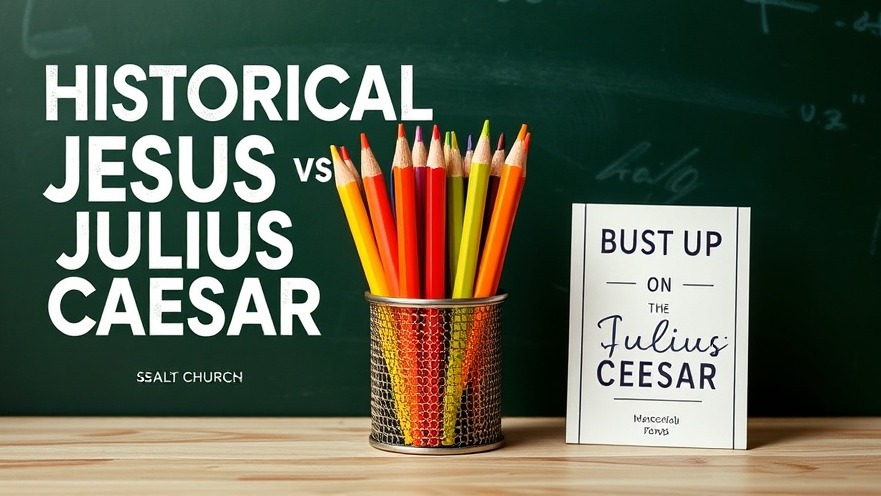
Believing in Historical Figures: Julius Caesar vs. Jesus Christ
Many of us remember learning about Julius Caesar in school, the famous Roman general who conquered parts of what is now the British Isles around 55 BC. We accept his existence with little doubt because his story is part of history. But what if I told you that there is surprisingly little evidence to definitively prove that he lived? Ancient documents can be lost or damaged over time, which leaves room for skepticism about historical figures, even popular ones.
In 'Do you believe in Julius Caesar?', the discussion dives into the historicity of important figures, prompting us to explore why we find it easy to accept one while questioning the other.
Why the Doubts About Jesus Christ?
On the flip side, we have Jesus Christ, another prominent figure steeped in history and spirituality. Interestingly, there is more documentation about Jesus' existence compared to Julius Caesar. This includes not only biblical texts but also various other historical accounts. So why do some people still question Jesus’ historicity while we readily accept Caesar’s tale?
The Impact of Belief
Part of the reason might be that believing in Julius Caesar doesn’t necessarily change our lives. Accepting him as a historical figure is rather harmless and allows us to simply move on with our day. However, believing in Jesus Christ comes with significant implications for how we live our lives. If Jesus is truly who He claims to be—especially regarding concepts like resurrection, heaven, and final judgment—then that belief demands change.
Reflecting on Our Beliefs
As parents, we might find ourselves navigating these deep questions with our children. What do we believe about historical figures, and how does that shape our understanding of faith? Encouraging thoughtful discussions about figures like Julius Caesar and Jesus can help foster a deeper connection to both history and spirituality.
In the end, whether it’s Julius Caesar or Jesus Christ, reflecting on these beliefs can be valuable. Let’s take time to engage with our young ones and explore what these stories mean in our lives today.
 Add Row
Add Row  Add
Add 








Write A Comment